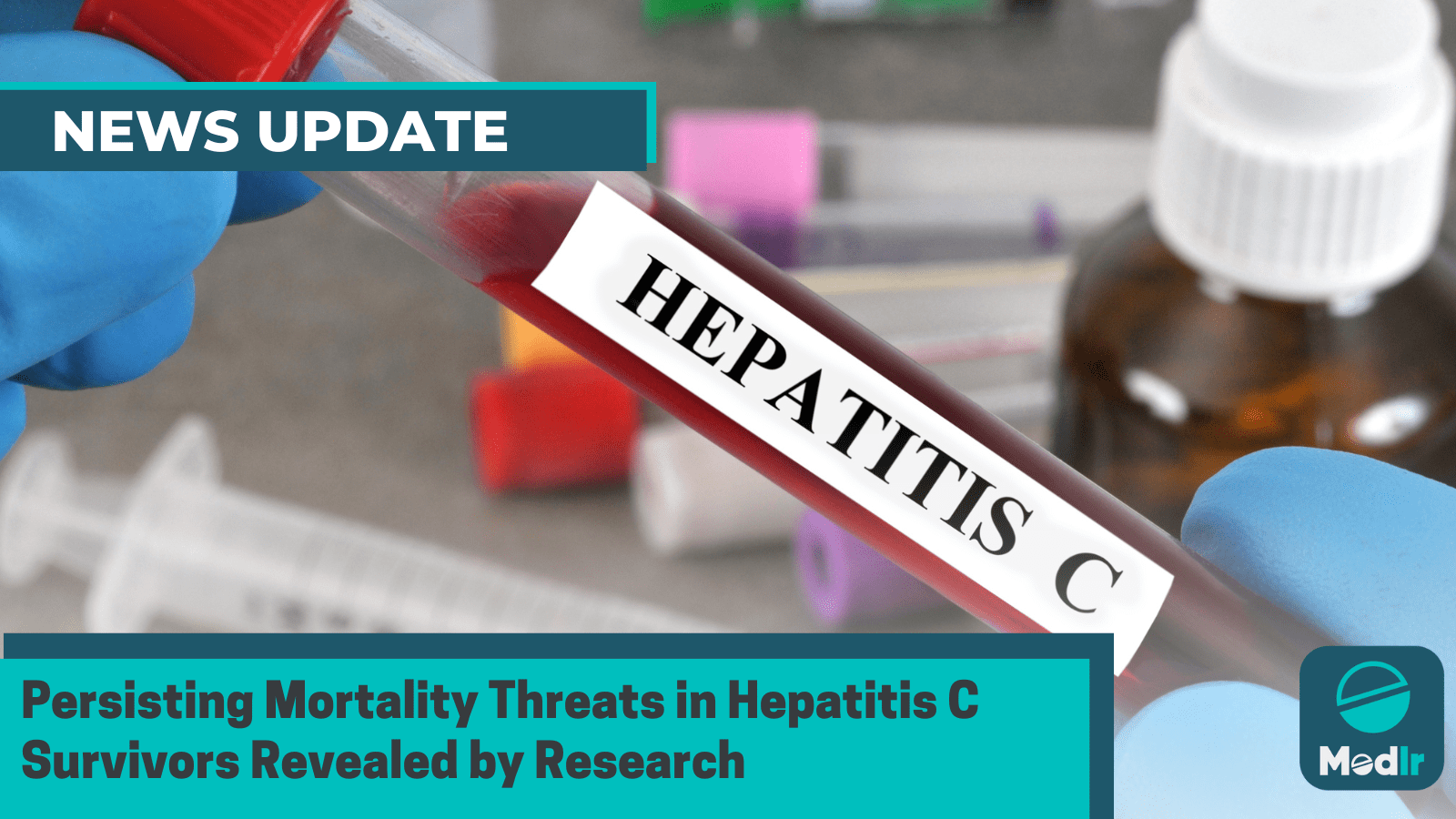Persisting Mortality Threats in Hepatitis C Survivors Revealed by Research
Written by Shaveta Arora, Arushi Sharma
New research reveals cured hepatitis C patients still face elevated mortality risk. Glasgow Caledonian University's study highlights ongoing support's importance post-cure for optimal outcomes.

Glasgow Caledonian University's research, supported by the Medical Research Foundation and published in the British Medical Journal, reveals that despite successfully overcoming hepatitis C infection, individuals still face a higher mortality risk. The study, analyzing data from over 20,000 patients, found mortality rates ranging from three to 14 times higher depending on liver disease stage. Key contributors were drug and liver-related causes, emphasizing the need for continuous support to fully benefit from a hepatitis C cure.
Hepatitis C, a virus that can lead to severe and potentially life-threatening liver damage, prompted the UK to set an ambitious goal of eliminating it by 2025, ahead of many other countries.
In the past, the treatment landscape for hepatitis C was limited by the inefficacy of interferon-based therapy. However, a revolutionary class of medications known as direct-acting antivirals (DAAs) emerged in 2011, driving a remarkable transformation. Now, over 95% of patients treated with DAAs achieve a 'virological cure,' significantly mitigating the risk of death compared to untreated patients.
The urgency of addressing hepatitis C is evident from the theme of World Hepatitis Day on July 28, 2023 - 'We're not waiting.' This theme underscores the immediate need for decisive action to accelerate global efforts towards eradicating viral hepatitis. The primary focus is to enhance testing and treatment initiatives on a global scale.
Glasgow Caledonian University researchers emphasize the limitations of antiviral treatment and the need for additional measures to support patients beyond their cure. British Liver Trust CEO Pamela Healy emphasizes the importance of ongoing support post-treatment, as patients with hepatitis C remain vulnerable to liver cancer and failure. Regular monitoring is crucial for early cancer detection and timely intervention.
Dr. Hamish Innes, the Principal Investigator of the study and Senior Research Fellow at Glasgow Caledonian University's School of Health and Life Sciences’ Research Centre for Health (ReaCH), reiterates the high mortality rates among cured patients, driven by liver and drug-related factors. The study's co-lead authors, Dr. Victoria Hamill and Dr. Stanley Wong, along with their colleague Dr. Naveed Janjua, played instrumental roles in this research that took over two years to complete and involved contributions from experts worldwide.
The study examined mortality rates of hepatitis C cured individuals compared to the general population. Data from British Columbia, Scotland, and England included 21,790 patients between 2014 and 2019. The severity of liver disease at the time of cure divided participants into different groups.
Linked to national medical registries, the data analysis explored various causes of death, such as liver cancer, liver failure, drug-related deaths, external causes (accidents, homicides, suicides), and circulatory system diseases. These analyses were carried out over an average follow-up period of two to four years.
The research found that participants without cirrhosis faced drug-related deaths as the primary cause of excess mortality. In contrast, for those with cirrhosis, liver cancer and liver failure were the leading drivers. Factors such as age, substance use, alcohol consumption, and pre-existing conditions were linked to higher death rates across disease stages and contexts.
The study's findings are observational and may not apply universally, especially in settings where injecting drug use is not the primary mode of hepatitis C transmission. Challenges persist in ensuring patient well-being post-hepatitis C cure, emphasizing the need for comprehensive support systems to reduce mortality rates and maximize treatment benefits.